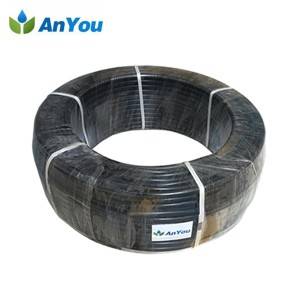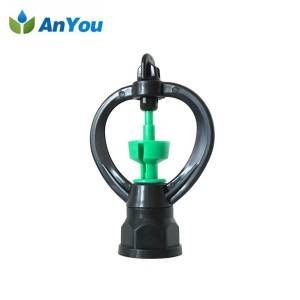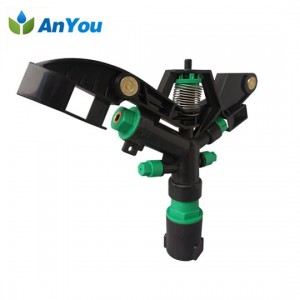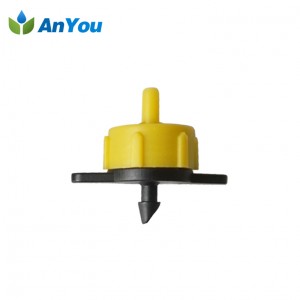Twoja metoda nawadniania jest „zabijanie” glebę
Dla większości ludzi, zasolenie gleby jest zarówno znanych i nieznanych. Zaznajomieni z nim, wiele obszarów, takich jak Chiny obszarów przybrzeżnych i obszarów śródlądowych mają duże obszary ziemi soli metali alkalicznych, które można zobaczyć wszędzie. Powstawanie takich soli metali alkalicznych ziemi związana jest z lokalnego klimatu, gleby, topografii, geologii, geomorfologii i innych czynników. Alkalizacja. Zaznajomiony jest to, że zasolenie gleby hodowli spowodowane nieuzasadnionych człowieka nie jest dobrze poznana.
Unreasonable human measures are mainly due to the unreasonable irrigation and drainage system, excessive irrigation, poor drainage, causing the groundwater level to rise, resulting in soil salinization, which is called soil secondary salinization. Saline-alkali land is increasing every year, because of the “contribution” of human beings. There are more and more secondary salinization sites, and about 10 million hectares of land are discarded each year due to secondary salinization of the soil.
According to research, the two rivers of one of the world’s four major civilizations, the main cause of extinction is the secondary salinization of soil.
W jaki sposób prowadzenie nawadniania nierozsądne zasolenia gleby?
Zasolenie gleby, w prosty sposób to, że nagromadzone soli na powierzchni gleby przekracza tolerancję roślin i negatywnie wpływa na wzrost roślin. 
Flood irrigation
Czy jest to pierwotne lub wtórne, większość soli zgromadzonej na powierzchni gleby pochodzi z wód gruntowych i wód gruntowych podnosi się do powierzchni blisko powierzchni kapilarnie, przynosząc sól do powierzchni gleby.
The key to this is “groundwater rise.” If the amount of irrigation is too large, the water will penetrate down a lot, the drainage will be poor, the groundwater level of the cultivated land will rise, the groundwater will get closer and closer to the ground, and the salt carried in the water will easily reach the surface.
In this process, it is necessary to introduce a strong assist in the accumulation of salt on the surface – strong evaporation.
When groundwater brings soil salinity to the surface, strong evaporation will quickly turn the water into water vapor, unable to continue to carry salt, and the salt will stay on the soil surface. After a period of ascending-accumulating cycles, the surface of the soil accumulates salt, and for a long time, the soil will be salinized.
The secondary salinization of soil mainly occurs in the arid and semi-arid areas with strong evaporation, and the evaporation is greater than the rainfall. It is distinguished from the native salinization of the soil, mainly as a result of human economic activity.
Secondary salinization of soil
Sposób traktowania gleby zasolenie
Gleba leczenie zasolenie zawsze była głównym problemem dla naukowców gleby. Czy jest to podstawowy zasolenie lub wtórne zasolenie, środki są podobne. Podstawowy sposób zarządzania jest odcięcie procesu akumulacyjnego wód wzrost zawartości soli w górę odparowanie.
Improve agricultural drainage system
głównie z nawadniania, odwadniania, zamulenia, anty-wycieków i innych zarządzania kluczami. Świeża woda (opady deszczu lub nawadnianie powodzi) stosuje się do płukania gleby, i system odprowadzania cieczy odprowadza nadmiar wilgoci z gleby, glebę w czasie. Świeżą wodę można spłukać do gleby i wymaga więcej soli. Po drugie, poziom wód gruntowych może być kontrolowane w celu bezpiecznego głębokości spowolnienia parowania gleby i zmniejszenie przepływu soli góry.
Folia gleby
poprzez powlekanie gleby, można zapobiec na powierzchnię gleby przed zetknięciem się z powietrzem atmosferycznym, zmniejszyć odparowywanie i zmniejszenia wzrostu wód gruntowych.
Sposób zmiany gleby
bezpośrednio zmieniać gleby powierzchni soli metali alkalicznych o wysokiej jakości gleby. Sadzenia roślin odpornych na sól jest także wspólne leczenie.
For secondary salinization, the most important thing is to improve the irrigation and drainage facilities to prevent excessive irrigation during irrigation; after irrigation, the excess water can be discharged in time. The agricultural drainage system is currently the most widely used and effective solution. It fundamentally cuts off the cyclical process of groundwater rise-salt up-evaporation and salt accumulation. The rest of the methods are improvements under existing conditions.
Czas postu: 05.05.2019








